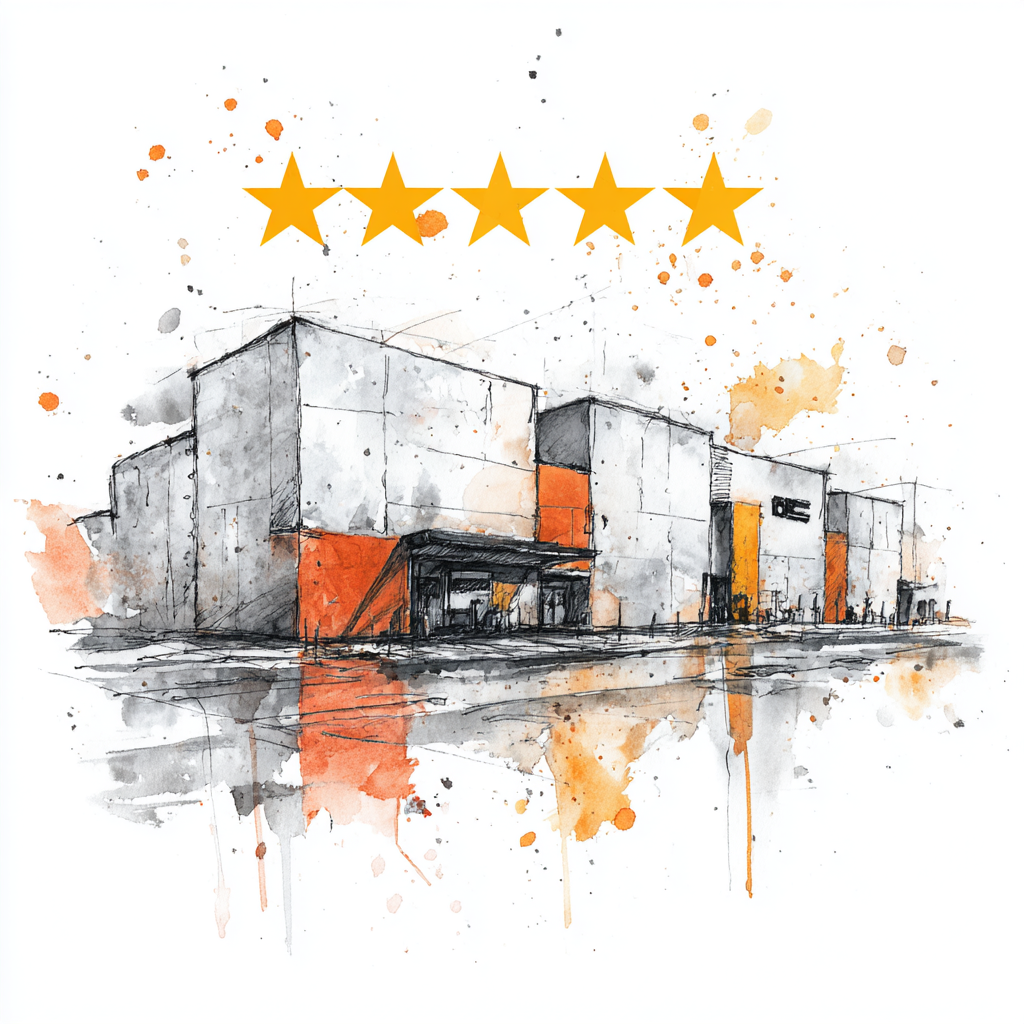
Customer Experience
Using QR Codes To Enhance Self-Storage Tenant Experiences
When searching for ways to modernize the self-storage experience and keep up with tenant expectations, you may not immediately consider using QR codes, a technology invented in 1994. However, QR codes are undergoing a significant revival.
If you're a self-storage facility operator, you might be asking:
- How can I make my facility more tech-friendly?
- What can I do to speed up and simplify processes for my tenants?
- Are there cost-effective tech solutions to improve customer service?
Well, QR codes could be the answer you're looking for.
With extensive experience in technology in self-storage facility operations, we'll guide you through enhancing tenant interactions at your facility with QR codes.
Our insights are tailored specifically for self-storage operators looking to streamline their services and align with the digital convenience many tenants have come to expect.
Why listen to me? I have worked in the conversational AI space for close to a decade, with our previous AI company getting acquired. My day to day consists of speaking to operators of all sizes to understand their automation needs and wants, and see how to best help them get there. I currently am in charge of swivl's go to market strategy and am a co-host of the Self Storage Lab podcast.
QR Codes & Their Remarkable Resurgence
What are QR Codes?
Quick Response (QR) codes are two-dimensional barcodes that store information both horizontally and vertically.
They are designed to be scanned by a smartphone camera, translating data into a form that leads the user to a website, payment screen, or a piece of information instantly.
Aren't QR Codes Dead?
Contrary to some beliefs, QR codes have made a massive comeback, thanks to their contactless nature and ease of use.
In 2020, scans increased to 25%, and QR code downloads soared by 750% during the pandemic.
They are now a staple for daily transactions, especially in tech-forward countries like China.
Enhancing Tenant Experiences with QR Codes
Finding A Unit
By scanning a QR code, tenants can view the sizes and prices of available units - which can make the selection process much more manageable.
Access Support Help
QR codes placed around the facility can link to instructional videos or chat support for immediate assistance.
Pay Bill
A QR code on the invoice allows for quick bill payments, eliminating the hassle of manual entry of payment details.
Contact Us
A simple scan can provide tenants with contact information, streamlining communication.
Want to learn more? Listen to the Self Storage Lab
Episode 13: QR Codes - What are they and how do I use them? | Self Storage Lab
Static Vs. Dynamic QR Codes
Static QR codes link to a fixed URL, while dynamic QR codes can change their destination address without altering the code itself.
Dynamic codes are preferable for operators due to their flexibility and trackability. Today, there are a few options out there to test out -- from generalized product for the masses such as Linktree to more niche products such as spot.is, specifically built for the self storage industry,
Key Limitations of QR Codes
Despite their flexibility, QR codes have some drawbacks:
- Updating dynamic QR codes requires a management platform.
- Design flaws, like a low contrast, can make codes unreadable.
- Tenants need cell service to access the linked information.
- Not all tenants may have a smartphone capable of scanning QR codes.
QR Codes & Self-Storage: Closing Thoughts
QR codes are an accessible and versatile tool for enhancing tenant experiences in self-storage facilities.
As with any technology, there are limitations, but the advantages of QR code usage in a self-storage context can far outweigh any potential disadvantages.
Adopting QR codes can signal to tenants that your facility values innovation and their time.
It's an investment into the digital evolution of self-storage as a service, one that could pay dividends in tenant satisfaction and operational efficiency.
You may also like:
- spot.is, swivl's QR code product for storage facilities has seen an incredible surge in usage, with over +2k facilities already onboard.
- Self-Storage Remote Management (Key Benefits + Getting Started)
- Automated Self-Storage: An Operator’s Journey Through 5 Levels Of Automation
- Self-Storage Management System (Why Operators Need Automation Tools)
















